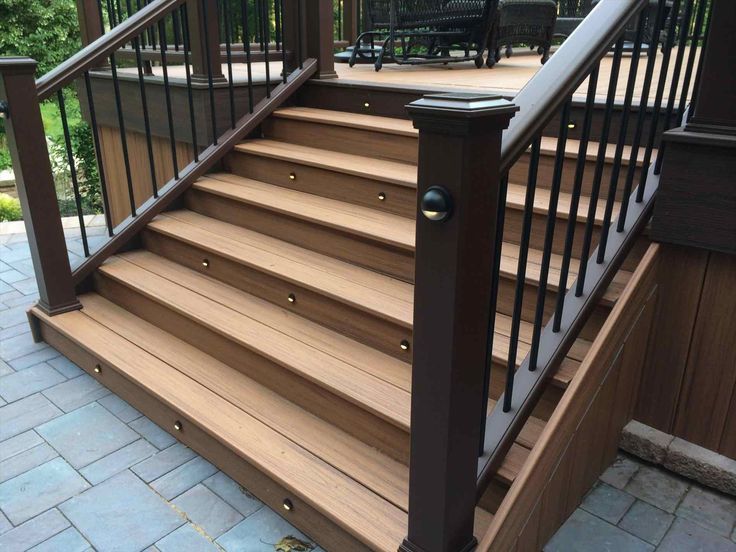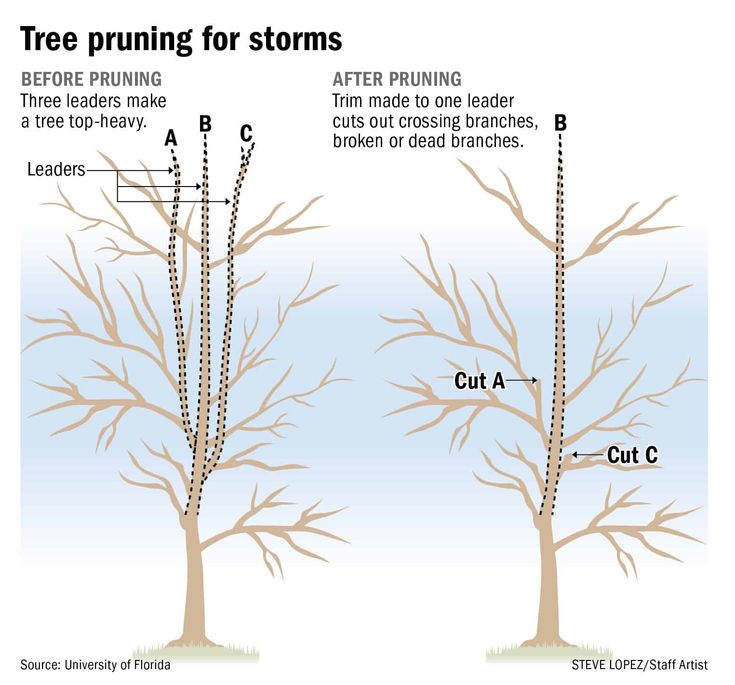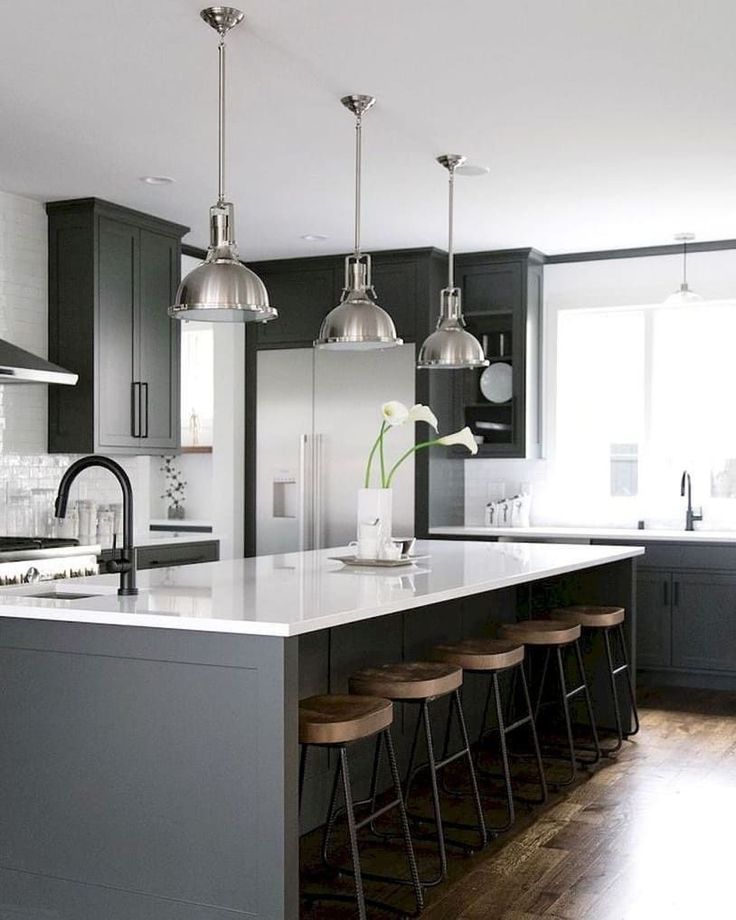How to get rid of moisture in the house
10 Simple Tips To Remove Excess Humidity From My Home
Everyone wants the sunshine and warmth of summer, but no one wants the humidity that accompanies it.
That is understandable because high humidity is likely to cause any of the following:
- Excessive perspiration
- Frizzy hair
- Difficulty sleeping
- Mold/mildew grows faster
These are aspects of high humidity that no one wants to deal with any time of the year, especially during the nicest season. Thankfully, you are not stuck in this situation permanently. There are actions you can take that will efficiently assist in reducing the humidity within your home.
Most of them aren’t even that difficult, too!
So what are these steps you can take? Let’s jump right in!
1. Utilize Fans
This is the simplest, and easiest thing you can do to combat humidity. Now, it may not be the most effective option on the list, it still works.
Fans naturally ventilate, create air circulation, and facilitate evaporation. Fungus, such as mold, prefer warm, moist areas with stale, non-moving air. Just adding a fan to somewhere like your kitchen when you’ve finished cooking can be incredibly beneficial.
2. Proper Ventilation
Ventilation is great, specifically rooms that tend to build moisture. Just leaving your ventilation fan on for an extra ten minutes can help limit the humidity. However, you don’t necessarily want to leave the fan on for too long, as that could actually attract more humidity.
Important note: Check your ventilation and make sure rooms such as the kitchen and bathroom direct the air outside, not back into the house somewhere like the attic.
If you notice a room gathering humidity that doesn’t have an installed ventilation fan, see if you can crack a window just to get some fresh air movement.
When considering ventilation, your main concern should focus on the rooms in the home that create moisture. For instance, the kitchen for cooking, the basement if that is where you store your washer and dryer, and your bathroom, especially if you like to take hot showers.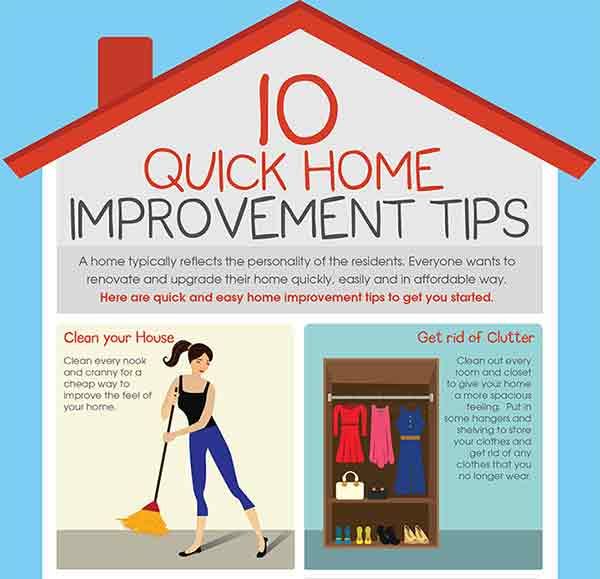
Speaking of showers…
3. Colder, Shorter Showers
I know, I know. Hot showers can be the most relaxing 10 minutes of your day. If you scoff at the idea of only taking a ten-minute hot shower, then you should definitely keep reading for the sake of your bathroom.
While the hot water feels great on your skin, it produces a lot of steam and keeps creating it the longer you shower. With the door closed and considering most bathrooms tend to be on the smaller side size-wise, a significant amount of heat and moisture gets trapped in there.
To reduce the moisture, you can crack the window inside the bathroom and turn on ventilation. However, another alternative is taking shorter and colder showers. That may seem like a heavy sacrifice, but there are actually many proven health benefits to colder showers.
4. Leave the Firewood Outside
With warmer days approaching, take the firewood by your chimney and leave it outside. Especially if the wood is fresh-cut.
Firewood contains a lot of water, and when it is brought indoors, it evaporates. This can add an extra amount of humidity to the air. However, this is an easy fix! Summers are made for bonfires, so take that wood outside and reduce your humidity at the same time.
5. Cover Your Indoor Plant’s Soil
Plants are great aesthetically and actually absorb moisture from the air. However, they tend to release more water vapor into the air than they consume.
It’s not significant enough that you should immediately round up all your plants and toss them out the door, but if there are certain rooms in your home that have high humidity, check to see how many plants dwell inside.
Perhaps rearrange them or spread them throughout the home. Another option is to cover the soil. This will decrease the amount of humidity, and since the water isn’t evaporating from the soil, you won’t have to water the plant as much either.
6. Change the Carpet
Carpets can actually retain moisture. Moreover, dust mites also really love the moisture within carpets. If you have come to the conclusion that your humidity is a problem is due to moisture in your carpet it may be time to replace it.
Moreover, dust mites also really love the moisture within carpets. If you have come to the conclusion that your humidity is a problem is due to moisture in your carpet it may be time to replace it.
Important note: changing the carpet should not be your first solution. As changing carpet can be expensive, consider it one of the last options to fix your humidity problem. Check the simpler options off your list first such as moving plants and ventilation.
7. Waterproof Basement Walls
Waterproofing your basement walls is incredibly important, especially if the walls are cement and that is where you store your washer and dryer. Basements are known for their humidity. Moisture can seep up through your home’s foundation and spread throughout the entire house.
Unfortunately, waterproofing can be expensive, and if you’re renting your home, you should certainly bring this up to your landlord.
There are benefits to waterproofing your basement walls beside lowering the risk of mold build up, as well.
Important note: Make sure your dryer’s vent is dispersing outside your house.
8. Dehumidifier
There are various models of dehumidifiers, but they can be a helpful asset in reducing humidity.
The greatest benefit of the dehumidifier is it can eliminate the humidity in your home without having to cool down your home, like an air conditioning unit.
So if you want your hair to hold less moisture without needing to break out a sweater if you don’t handle cool air well, then a dehumidifier is perfect for you. Especially if you’re happy with your air conditioning unit and not looking to upgrade.
To help decide between a dehumidifier or an A/C unit, click here.
9. Air Conditioning Unit
Air conditioning units are excellent for keeping your home cool and removing humidity from the air. For most models of air conditioners, not only do they chill your temperature, but when they absorb the warmer air, it reduces the humidity as well.
Make sure you start your unit earlier in the day to allow it to run before humidity has a chance to build up. It is easier to maintain humidity in your home rather than having to drastically lower humidity.
10. Contact HVAC Maintenance
Unfortunately, sometimes when trying to battle humidity systems like dehumidifiers and air conditioning units can overwork and start malfunctioning.
If you have been taking proactive measures and running your system and still notice high humidity, it could mean that you have a technical issue with your system.
In this case, you’ll want to either replace or repair your existing unit.
If you live in the greater Atlanta area, don’t hesitate to contact Assured Comfort for your HVAC system needs. They have the experience and knowledge necessary to solve your HVAC issues and help eliminate unwanted humidity from your home.
To schedule an HVAC repair or maintenance service, click the link below.
How to Get Rid of Moisture Problems in the Home
Skip to content
While you may think that some moisture in your home is not a big deal, it’s actually something that shouldn’t be taken lightly. Humidity or moisture problems in the home lead to the build-up of mold and mildew which can cause damage to your home and your health.
When humidity accumulates, it can deteriorate the structure of your home. Wooden floors that bend, paint that peels and wet stains on the wall are all red flags that the moisture level in your home is too high.
As already mentioned, a warm and damp environment is a breeding ground for mold and mildew. Both can be highly toxic if they get into your system which can lead to various health problems.
Getting rid of moisture problems in the home doesn’t have to be hard. Humidity control is actually easier and cheaper than repairing any damage caused by excess moisture. There are a few very simple things you can do that’ll make a world of difference in your house.
Where is the Moisture Coming From?
The first step is to identify where the moisture is coming from. If you know where its origins are, it’s easier to get a handle on the problem.
Moisture problems in the home can occur in areas with poor ventilation such as the bathroom, kitchen or even closets. Even bad or improperly working plumbing can be a culprit. Moisture levels in these particular areas can be balanced out.
On the other hand, in some places of the home, moisture is unavoidable. The basement and attic are two spots where it’s difficult to get rid of moisture completely. You’ll just have to learn to manage those areas of the home the best you can.
Fix Up Your Home
The best way to avoid moisture problems in the home is to prevent them from happening in the first place. Bad plumbing is something to look out for.
Leaky pipes, faucets and toilets not only waste water (which is a whole other problem), but they also add to the humidity in your home.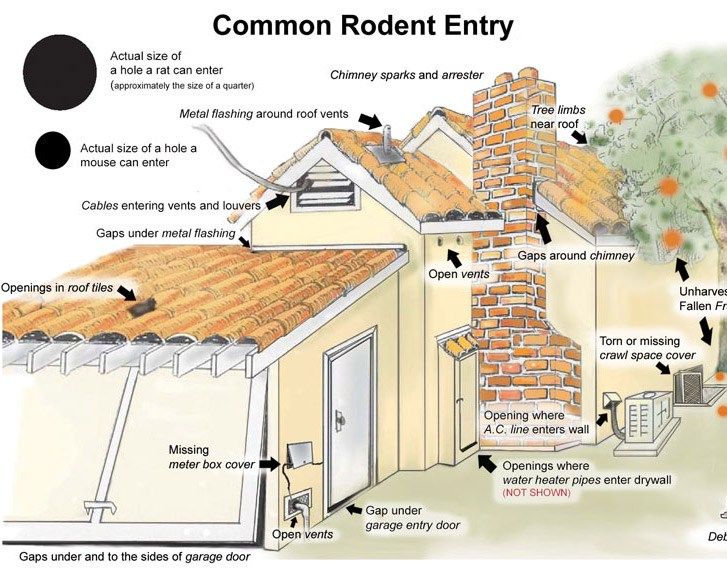 This sitting water eventually evaporates, ending up as moisture in the air. Repair or replace any malfunctioning pipes as soon as possible.
This sitting water eventually evaporates, ending up as moisture in the air. Repair or replace any malfunctioning pipes as soon as possible.
You can even wrap sweating pipes with foam pipe insulation tubes. This will prevent them from releasing moisture into your home’s air.
Don’t ignore leaks in the roof and walls. They also bring excess moisture into your home that can cause serious damage to your home’s foundation. Repairing the leaks now will bring down your humidity level and prevent rotting from happening.
Dehumidifiers Work For a Reason
The use of a dehumidifier will immediately reduce the risk of developing moisture problems in the home. Simply put, the only job of a dehumidifier is to remove excess moisture in the air. Which, as a result, will bring down the home’s level of humidity.
When it comes to dehumidifiers, there are a lot of different size and shape options available. There are small models for a smaller area of the home like the attic.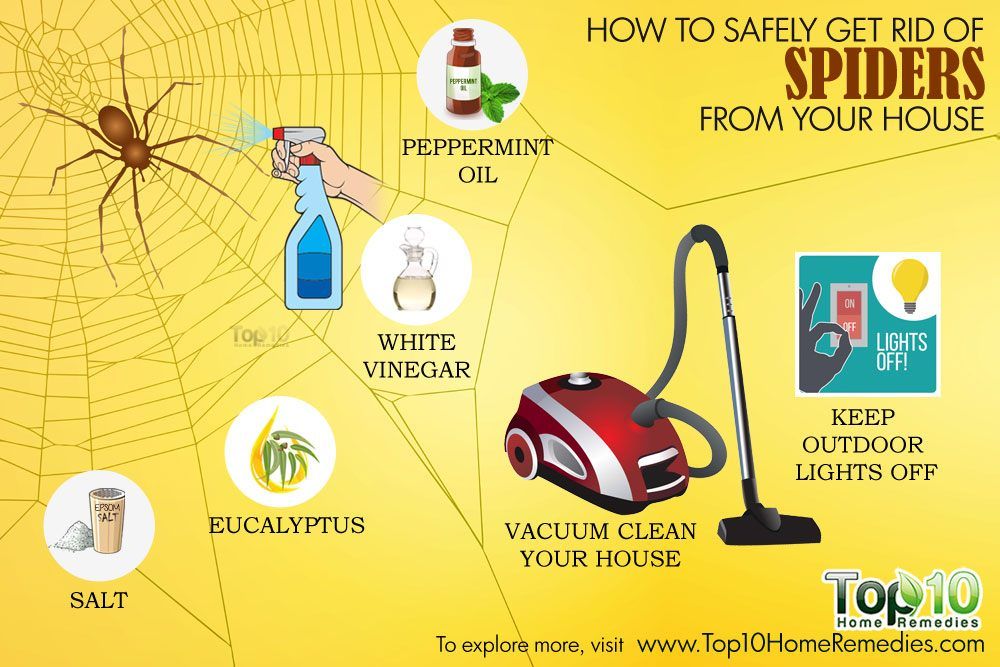 Larger models are best suited for a bigger space such as the basement. There are even whole-house models available to help humidity levels through the entire home.
Larger models are best suited for a bigger space such as the basement. There are even whole-house models available to help humidity levels through the entire home.
The best part is that most dehumidifiers are not disruptive to daily life as they operate quietly. You can just turn one on and go about your day as it runs in the background.
Ventilation is Your Friend
Good ventilation will automatically reduce the humidity levels in your home. This is a quick solution that will fix a majority of your home’s humidity problems.
Moisture can result from pretty much any of your daily activities. A lot of it gets released into the air during your daily shower, when you’re cooking dinner or making yourself a cup of tea. Even your breath releases moisture into the environment!
That’s why it’s important to have fans that vent to the outside. They help circulate warm, moist air out of your home and bring fresh, healthy air into your home.
Even opening up windows will get air moving and lower the chance of developing moisture problems in the home.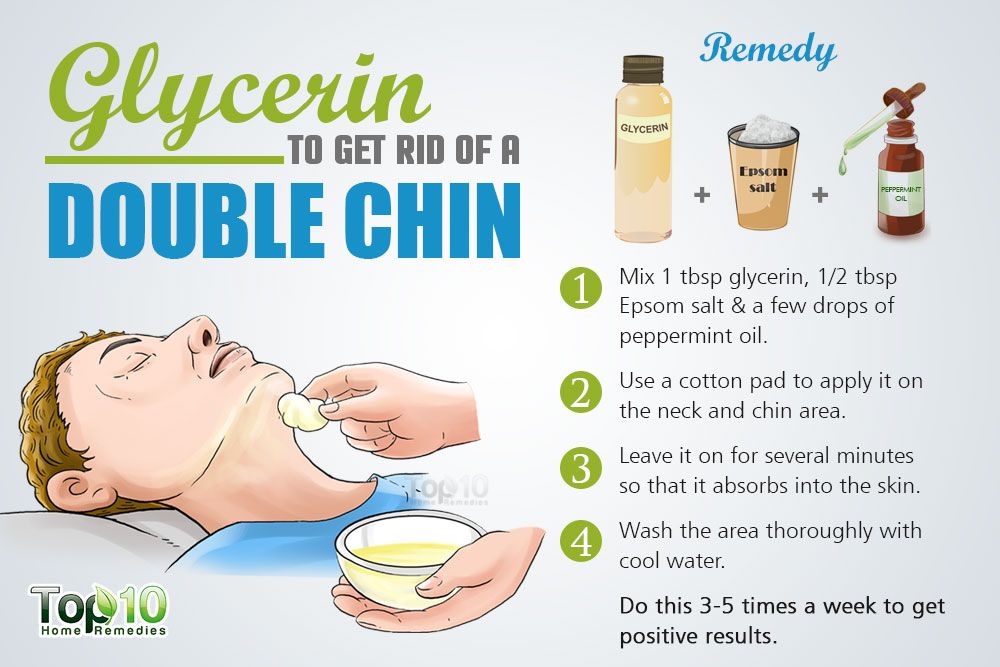 If your windows are no longer operable or they’re painted shut, consider replacing them with a more energy-efficient option.
If your windows are no longer operable or they’re painted shut, consider replacing them with a more energy-efficient option.
Most windows these days come standard with small openings, called weep holes, built into the bottom of the frame to allow for water drainage.
Natural Dehumidifiers
While there are no natural ways to get rid of humidity permanently, there are ways to naturally reduce the level of moisture your home. One of these ways is to introduce plants into your home that absorb moisture from the air.
Unlike most plants, epiphytes are plants that get their water from the air instead of through their roots. That’s why they work well in reducing the moisture levels in your home compared to other plants.
However, keep in mind that all plants, no matter the kind, still release water into the atmosphere. So if you really can’t stand not having any greenery in your home (which is the recommended option), these plants are the ones for you. They won’t get rid of your moisture problems completely, but they’ll help.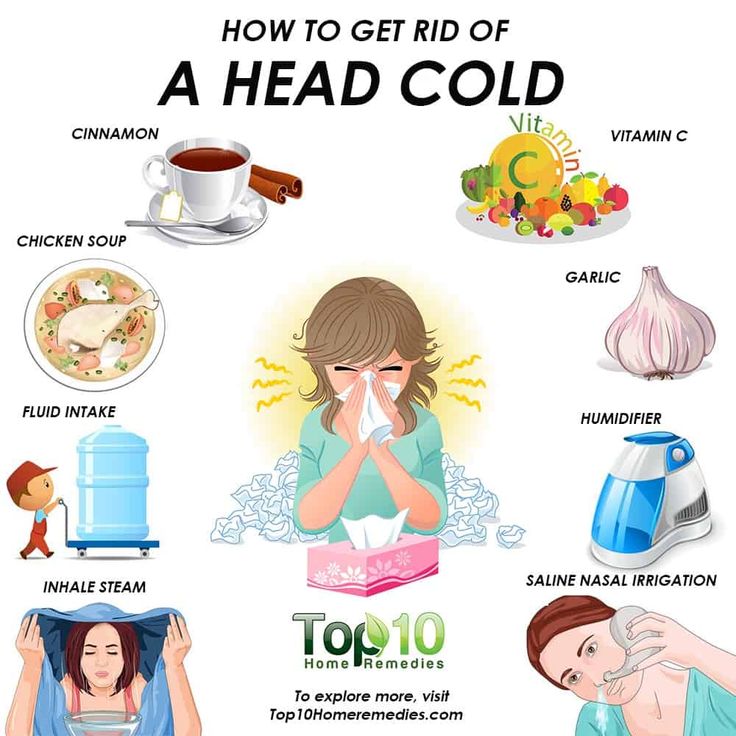
Humidity Levels Can Be Too Low
It’s important to remember not to go too overboard when controlling the moisture levels in your home. A low amount of humidity is also not good for the home or the health of anyone who lives there.
Low humidity can cause dry skin and hair, make you more susceptible to colds and illnesses and creates an overall uncomfortable environment. Wooden floors and furniture can also split and crack when the air is too dry.
That’s why it’s important to keep your home’s humidity levels between 30-50%. Anything higher or lower than that can have damaging effects.
Manage Humidity Levels For a Healthy Home
Managing ideal indoor humidity should be a priority for every homeowner. If moisture levels aren’t well maintained, your home will not only feel uncomfortable, but many other problems can arise from it.
Humidity that’s too high or too low has the ability to cause health problems for whoever’s living in the home. Not only that but damage to both the inside and outside structures of your home can occur.
Taking the necessary steps to control your home’s humidity levels will keep your home and your family safe and healthy.
Share this article:
Book Today and Save!
Over 500,000 homeowners have trusted Feldco with their windows, siding and doors. Click the button below and we’ll get started on your quote!
GET A FREE QUOTE
5 problems - 5 solutions
Dampness in a private house is not only an extremely unpleasant situation, but also unsafe for human health. Because high humidity creates ideal conditions in the room for the appearance and development of a musty smell, mold, fungus and other harmful formations. Moreover, in damp rooms, furniture, wall coverings, fabric elements of the interior, things and, in principle, everything that is inside deteriorate.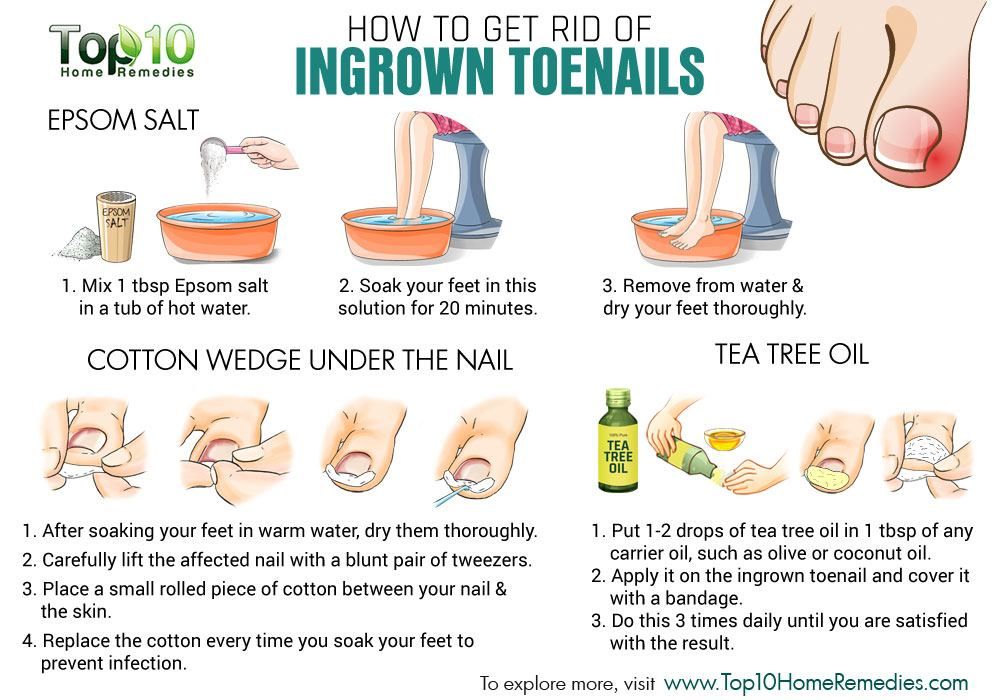 Therefore, in order to protect yourself and the environment from the harmful effects of excessive moisture in the air, it is important to find the causes of its occurrence, eliminate them and take a number of preventive measures. And the sooner, the better, without delay. nine0003
Therefore, in order to protect yourself and the environment from the harmful effects of excessive moisture in the air, it is important to find the causes of its occurrence, eliminate them and take a number of preventive measures. And the sooner, the better, without delay. nine0003
It is the question of why dampness appears in a private house, how to get rid of it the easiest way and why it is advised to use a dehumidifier on an ongoing basis - the article below is devoted to. Read on!
Important: “Humidity standards in rooms for various purposes”
5 main causes of dampness in a private house + ways to get rid of them
In order to fight against high humidity successfully, it should first be established why this happens. There can be many reasons for the appearance of dampness in a private house. Let's take a closer look at the most common and complex cases. nine0003
More details here: “Why dampness occurs in an apartment and a house: an overview of the causes”
1.
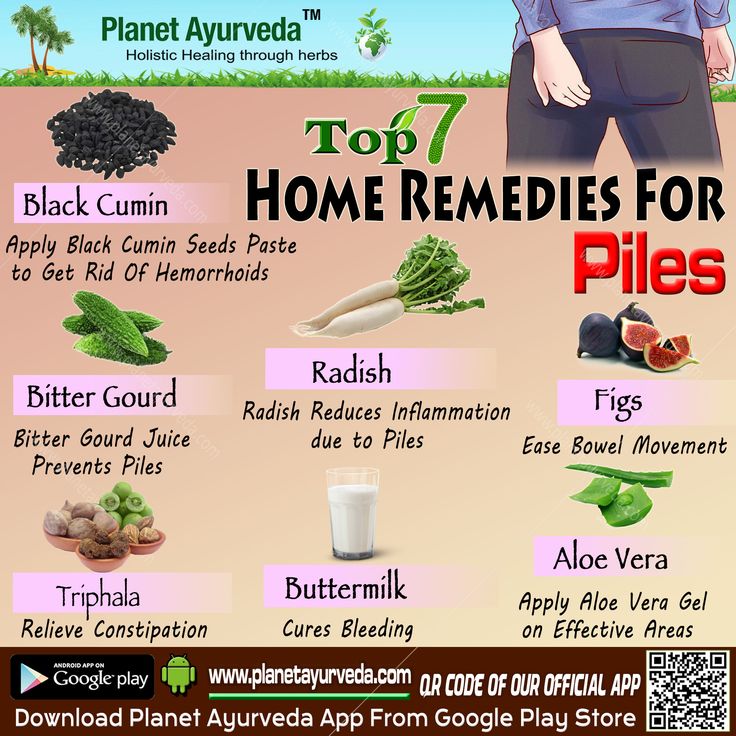 Damp basement
Damp basement Dampness in the basement of a private house can form for a number of reasons: faulty plumbing, proximity to groundwater, lack of a ventilation system. If walls and other surfaces are thickly covered with condensation, a heavy stale smell hovers around - start by checking the piping and creating proper air exchange through the installation of natural or forced ventilation. nine0003
*** It is recommended to insulate water pipes, because cold surfaces condense in winter, thus increasing the level of humidity in the room.
If after these manipulations dampness is still present, proceed to more drastic measures - waterproofing or insulation of the ceiling (in fact, with the right selection of materials, this is the same thing). As a heater, you can use ordinary foam, which, in addition to heat, additionally protects the surface from water, preventing moisture from penetrating inside a private house. To create such protection, it is enough to paste over the ceiling with foam sheets using special glue. The only rule that should be followed is tightness, that is, it is important to blow out all the joints well with mounting foam and seal them with sealant. nine0003
The only rule that should be followed is tightness, that is, it is important to blow out all the joints well with mounting foam and seal them with sealant. nine0003
This way of dealing with high humidity is good when moisture “stretches” into living rooms from inside the basement, but when it gets outside, from the ground, foam plastic will absolutely not help here, even if you paste over all surfaces with it.
Read also: “Dampness in the house: we determine, find sources and eliminate”
2. Lack or incorrect functioning of ventilation
Let us analyze in more detail the issue related to the ventilation system in the basement. Since proper and regular air exchange is one of the main "fighters" against dampness in a private house. So, if there is no ventilation in the basement at all, it will definitely have to be organized. Nothing complicated - just make vents and through them the moisture from the basement will be brought out, filling the room with fresh dry streams. nine0003
nine0003
How many vents do you need? At least one in each wall. But, if the basement is located below ground level, you will have to build air ducts. And ideally - to make a supply and exhaust ventilation system.
Useful material: “Why do windows “cry” and how to get rid of condensate once and for all”
3. Foundation waterproofing
Lack of foundation waterproofing is one of the main reasons for the “birth” of dampness in a private house. Such an oversight is often made by self-taught masters or simply unscrupulous builders. Because the waterproofing of the foundation is a construction stage that absolutely cannot be ignored or approached to its implementation “in a slipshod manner”. nine0003
Let's start with the fact that concrete stands out with high hygroscopicity, that is, it passes water well through itself. Thus, moisture seeps first into the foundation, then rises to the walls and, finally, penetrates into the living quarters. The problem is exacerbated if a private house is located in an area with a close passage of groundwater (ideally, it is better to avoid building in such areas altogether).
How to get rid of dampness in this case is not easy enough, because you have to completely “bare” the foundation of a private house and then professionally waterproof it. For greater reliability, it is advised to “wrap” the walls with waterproofing materials also from the inside of the room. If everything is done correctly and conscientiously, such measures will be enough to remove this source of dampness in a private house. nine0003
See also: "3 ways to determine humidity at home"
4. Foundation problems
Buildings tend to settle over time and in most cases this happens unevenly. Shrinkage, as well as miscalculations during construction, lead to the destruction of the foundation. As a result, cracks appear on the base of a private house, through which moisture seeps in, “spreading” dampness in the rooms and contributing to the spread of mold, fungus and other harmful organisms. nine0003
What to do in such a situation? First of all, it is necessary to dry and then seal the cracks. The process is quite simple, but the difficulty lies in the detection of such holes (after all, especially at the initial stage, they are almost invisible on the surfaces).
The process is quite simple, but the difficulty lies in the detection of such holes (after all, especially at the initial stage, they are almost invisible on the surfaces).
We recommend: "How to remove moisture in the house with folk remedies"
5. Additional causes of dampness in a private house
In addition to the above problems, high humidity may be associated with other "defects". For example, with cracks in the walls of a private house. This problem is quite common and invariably leads to condensation in winter. To get rid of dampness, you just need to seal the gaps with modern sealants. nine0003
Incorrect insulation from the inside of living rooms and insufficient underground ventilation also contribute to the formation of condensation, the appearance of mold microorganisms and the filling of the premises with a musty, damp smell.
In any case, to get rid of dampness in a private house, you must first find the source, eliminate it, and then simply maintain a comfortable microclimate in the premises.
In the topic: "9 secrets to prevent dampness in the house"
How does a dehumidifier help with dampness in a private home?
Household dehumidifier is a smart climate technology that is growing in popularity among users around the world every day. What is the reason for such a demand for devices?
Everything is justified. Because modern dehumidifiers:
Effectively fight dampness. It is enough to turn on the unit and set the desired percentage of humidity. Further, the equipment works independently: it takes excess moisture from the air and sends it to a special container or directly to the sewer. nine0028
Easy to maintain and operate. Instructions for setting up devices are described in detail in the instruction manual, but even without reading it, it is intuitively clear how to set the required parameters. Caring for dehumidifiers also does not require much effort and time - periodically you need to clean and change air filters, empty the condensate tank (if drainage is not installed) and wipe the case with a napkin.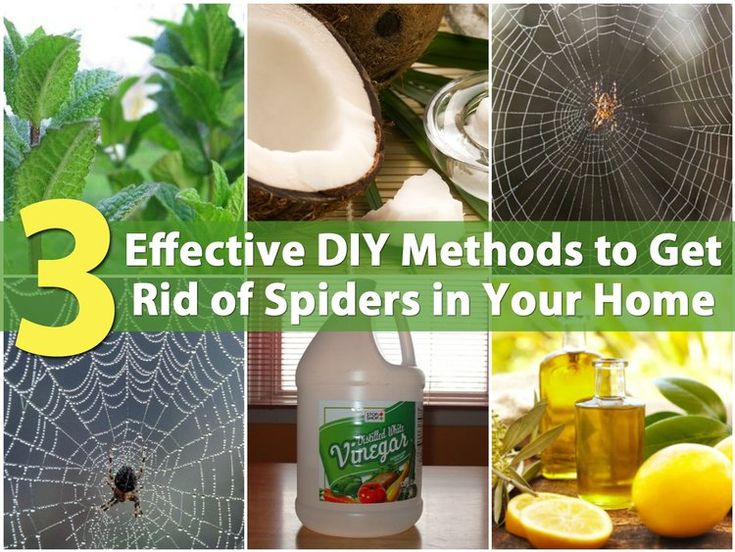
Create a healthy microclimate. Most modern dehumidifiers are equipped with an ionizer, which cleans the air streams of bacteria and germs, thus making the atmosphere in the room more healthy and comfortable. nine0028
Household dehumidifiers are designed to operate in a wide temperature range (1-37 °C / 5-35°C), so you can choose a technique to combat and prevent dampness in any room of a private house: from the attic to the basement. The devices operate on an environmentally friendly refrigerant, so they are absolutely safe for the health of even small children.
Conclusion: to cope with dampness in a private house: 1. find a source of high humidity; 2. we fix the problem; 3. install a household dehumidifier to keep the moisture in the atmosphere at the right level. nine0028
We advise: "How to determine humidity using the Assmann psychometric table?"
We, in the Pobut online store, know everything about the operation and features of using household dehumidifiers, so we will answer all your questions, and also help you choose the right model for free. Call: (097) 586 81 58.
Call: (097) 586 81 58.
14 folk remedies for humidity in the house and apartment
High humidity in the rooms of an apartment / house is a fairly common and at the same time very dangerous problem, which must be solved without delay. Why? nine0003
Because dampness in the room:
Makes the atmosphere in the room unpleasant and uncomfortable for a long stay.
Worsens the physical, emotional well-being of people in the room.
Weakens the human immune system, especially if the problem has been there for a long time.
Contributes to the emergence and development of allergic, bronchopulmonary diseases.
Damages furniture, wall and floor coverings and other interior items. nine0028
*** High humidity (ie more than 60%) has a particularly detrimental effect on small children and the elderly.
The link to the material where the question of why dampness appears in the room is discussed in detail below.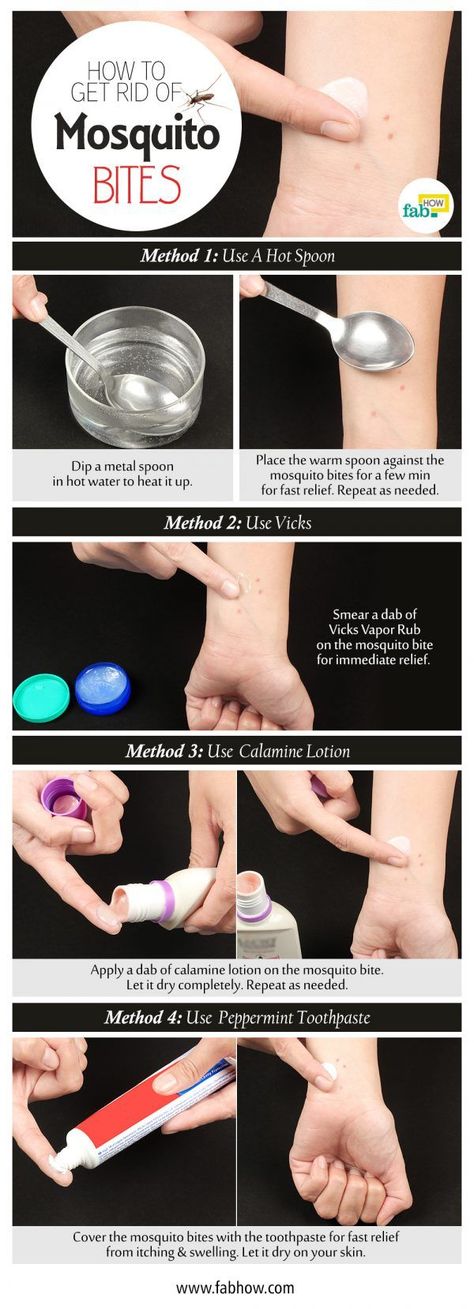 But how to remove humidity in the house through folk remedies, why it is worth buying a desiccant for this fight - we will consider in this article. Read on!
But how to remove humidity in the house through folk remedies, why it is worth buying a desiccant for this fight - we will consider in this article. Read on!
More information here: "Why dampness occurs in an apartment and a house: an overview of the causes"
14 folk remedies for dampness in a house, apartment
It should be said right away that it is easier, more effective and easier, in comparison with folk remedies, to get rid of dampness - to install a household dehumidifier in the house / apartment. This is a "smart" technique that maintains the humidity level at the level required by the user. In this case, the device operates in fully automatic mode, i.e. does not require the efforts and time of the owner of the property. Air ionization, noiselessness, versatility and low energy consumption are additional advantages in favor of desiccants. nine0003
This device only maintains humidity within the desired indicator, but if dampness has “settled” in the house for a long time and traces of its presence (mold, musty smell, fungus) are already visible, you first need to eliminate the consequences, and then use a desiccant on a regular basis .
So, let's move on to specific tips on how to remove dampness and the results of high humidity in a house or apartment:
We remove mold
Borax
A product of natural origin, which occupies a leading position in the ranking of folk remedies to eliminate excessive moisture. The substance contains a natural mold inhibitor, thanks to which it is simply and quickly neutralized. At the same time, it is absolutely safe for human health. nine0028
How to use: dilute borax with water in a ratio of 1:10, mix well and use a stiff brush to treat all affected areas with this mixture.
Soap composition
Inexpensive and simple folk remedy for dampness in the house and apartment - a solution made from water and grated soap. This option is a kind of natural antiseptic and is used, as a rule, for the purpose of prevention.
You can also make another folk remedy: 0.5 kg of household oil + 5 liters of water, stir and boil.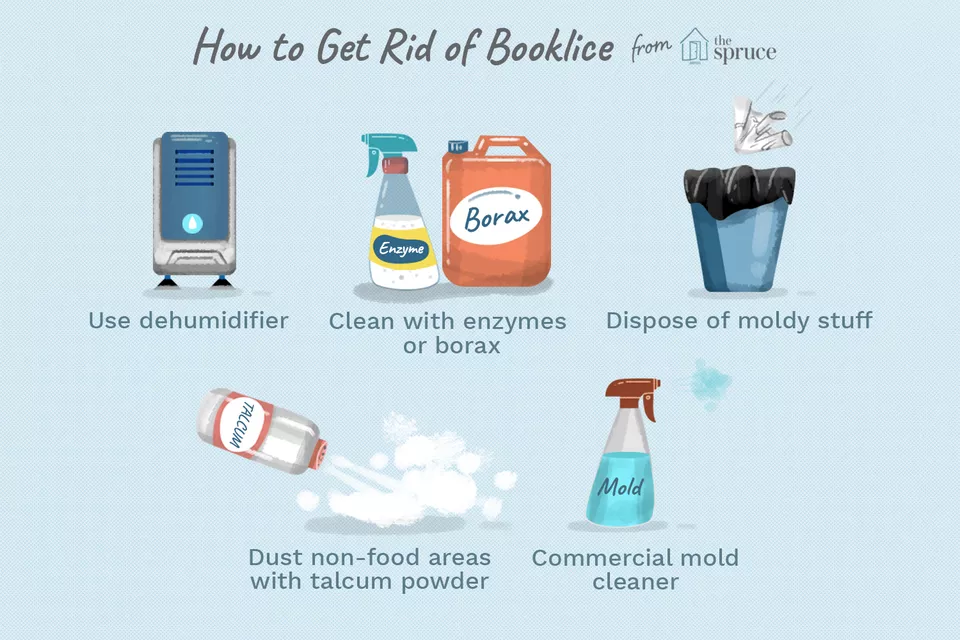 After cooling, treat problem areas with this composition several times. nine0028
After cooling, treat problem areas with this composition several times. nine0028
Hydrogen peroxide
This antiseptic effectively copes with dampness in the house / apartment and its consequences. It is sprayed in its pure form, without diluting with water, on the desired area. Then it is necessary to wash off the substance with water and wipe the place dry.
Table vinegar
An affordable folk remedy to combat the effects of dampness in a house / apartment. To eliminate harmful organisms, vinegar is sprayed onto the affected area and washed off with water after 1 hour. The product has a strong pungent smell, so the room should be ventilated during the process. nine0028
*** For the purpose of prevention, it is recommended to repeat the procedure in a week.
Copper sulphate
A product that was very popular during the existence of the Soviet Union, but today surfaces often affected by mold are still disinfected with copper sulphate. To do this, make a solution (10 g of powder per 10 liters of water) and cover them with "harmful" zones.
To do this, make a solution (10 g of powder per 10 liters of water) and cover them with "harmful" zones.
*** A bluish coating appears in the place where the compound is applied.
Ammonia
To get rid of mold and fungus, you need to make a mixture of water and ammonia (1:1) and spray it on the places where harmful microorganisms accumulate. Leave the composition for several hours, and then wipe off the residue with a damp cloth.
We advise you to study: “Flood Dehumidifier - 6 Steps to Eliminate Consequences”
Manganese
To dry the air, it is advised to regularly wipe the walls, floors and furniture with a weak solution of potassium permanganate. This substance, due to its excellent antiseptic properties, perfectly disinfects surfaces and eliminates musty odors. nine0028
Chlorine bleaches
These products are real "enemies" of mold, fungus and other harmful microorganisms. To do this, simply treat the infected area with a solution of chlorine bleach and water (1:10).
*** When working, it is important to use a disposable respiratory mask and rubber gloves in order to protect the respiratory system and skin from the aggressive effects of chlorine.
Baking soda
A simple, inexpensive and safe folk remedy that also effectively relieves the house and apartment from the effects of dampness. How to use: you need to dilute 1 tablespoon of soda in 1 glass of water, moisten a sponge in the solution and wipe the problem areas with it (or treat the surfaces with a sprayer). After that, rinse the composition with water and apply it again, now without washing it off. The second layer protects against the secondary occurrence of the fungus.
See also: “Air humidity standards in rooms for various purposes”
Eliminate dampness and unpleasant smell
Salt
Salt, which everyone has at home, has a lot of useful "chips" in everyday life, including excellent absorbent properties. The product, being absolutely harmless to humans, absorbs moisture well. It is enough to place open containers with salt around the room and it will “pull” liquid from the air. Besides the fact that the substance helps to fight dampness in the house and apartment, it also effectively eliminates unpleasant odors. nine0028
The product, being absolutely harmless to humans, absorbs moisture well. It is enough to place open containers with salt around the room and it will “pull” liquid from the air. Besides the fact that the substance helps to fight dampness in the house and apartment, it also effectively eliminates unpleasant odors. nine0028
*** You can also dry out your room by placing a bowl or bag of sugar or coffee beans in it. And in order to maintain dryness in the closet and at the same time fill it with unique aromas of coffee, you should put a few beans wrapped in cloth on shelves and drawers.
Essential oils
Essential oils fill the space with their favorite scents: the smell of illuminating pine needles; light notes of the sea breeze; heady fragrances of lush flowers. But, in addition to the source of a pleasant aroma, essential substances help get rid of mold. Especially effective are grapefruit and tea tree oils, which are distinguished by powerful disinfectant and antifungal properties.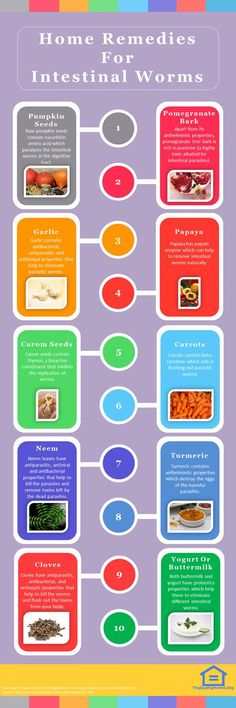 For this method, you need to add a few drops of oil to water and wipe floors and other surfaces with it. nine0028
For this method, you need to add a few drops of oil to water and wipe floors and other surfaces with it. nine0028
Activated carbon
It is necessary to grind 20-30 tablets into powder and mix it with 100 grams of salt. Pour the resulting mixture into a bowl with a wide neck and arrange in rooms. The composition should be changed once a week.
Calcium Chloride
This folk remedy, which can be easily bought at the pharmacy, perfectly absorbs moisture. How it works: the powdered product should be poured into a wide open bowl and placed in a room where dampness is observed. Calcium chloride, once wet, can be dried and reused. nine0028
*** Tip: replace calcium chloride with quicklime or charcoal if possible.
Silica gel
White paper bags with transparent dried gel granules are traditionally added to packaging with new shoes, leather goods, textiles, etc. You can tear them apart, pour the silica gel into a rag bag and place them in places where dampness accumulates (in the bathroom, in the kitchen, in the closet).
*** To remove musty smells from clothes, you can: 1. soak them in water with baking soda or washing powder with vinegar (1 tbsp vinegar + 1 tbsp powder + 1 liter water), and then wash; 2. Wash with powder and 1 cup borax/white vinegar. After they dry, it is recommended to iron them on both sides. But some things (for example, a fur coat) will have to be taken to dry cleaning. nine0028
Useful information: "9 secrets to prevent dampness in a house or apartment"
3 tips "for a snack"
To ensure that the procedure for getting rid of dampness in a house or apartment is 100% effective:
before starting areas affected by fungus or mold with a solution, it is advised to first heat the area to a temperature of + 50 ° C, and then dry it.
It is not recommended to apply folk remedies for moisture on painted surfaces, because some of them "eat" the color. nine0028
Preventive surface treatment is advised to be done regularly - this will help stop the problem in the bud.
